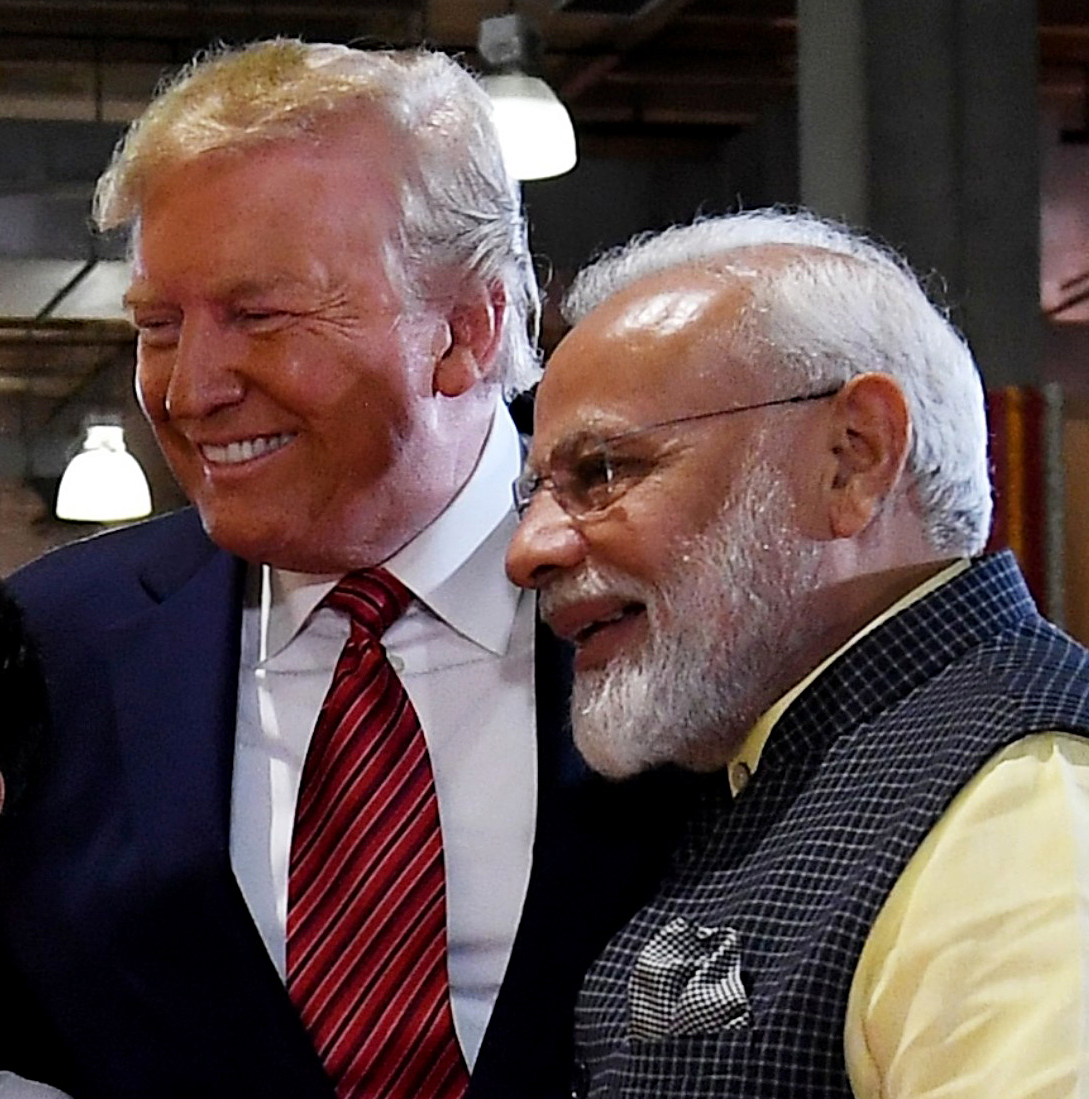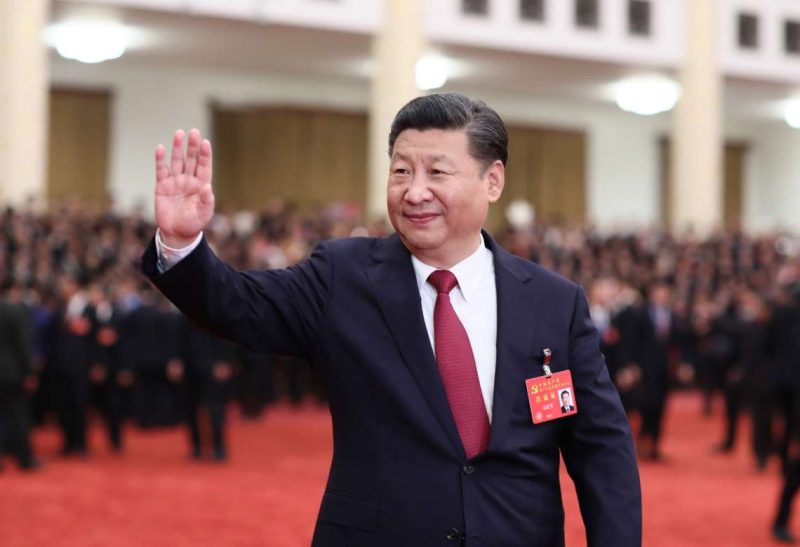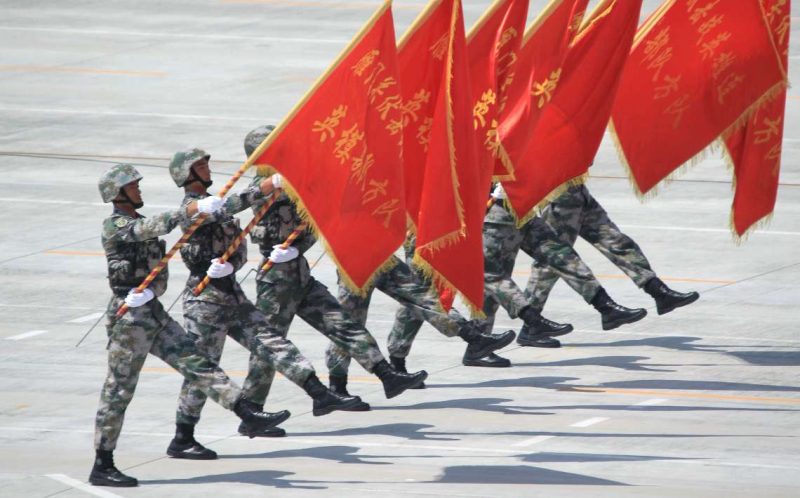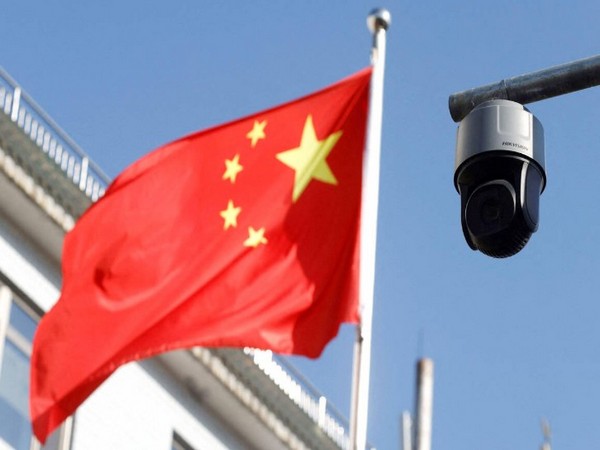Codenamed “Operation K”, China has been exploiting the gangster killing of Hardeep Singh Nijjar in Canada to incite the international Sikh diaspora and create fake anti-Indian protests in Australia, New Zealand, and elsewhere, a report by Dr Sakariya Kareem
In August 2018, the then Chinese Ambassador to India Luo Zhaohui had donned a turban during a visit to the Dr Kotnis acupuncture clinic in Ludhiana. This was a symbolic act as the ceremony was held in Punjab. However, today the Chinese are using social media to incite anti-India Sikh protests in the West. Codenamed “Operation K”, China has been exploiting the gangster killing of Hardeep Singh Nijjar in Canada to incite the international Sikh diaspora and create fake anti-Indian protests in Australia, New Zealand, and elsewhere. Meta, the company operating Facebook, Instagram, and WhatsApp in May 2024, as part of its “Meta’s Quarterly Adversarial Threat Report” released a notice on the fake social media accounts created by China for this purpose. The company has since dismantled the Chinese network of false accounts titled “Operation K.”
The Meta notice states that the network “originated in China and targeted the global Sikh community, including in Australia, Canada, India, New Zealand, Pakistan, the UK, and Nigeria.” Meta removed “37 Facebook accounts, 13 Pages, five Groups, and nine accounts on Instagram. About 2,700 accounts followed one or more of these Pages, about 1,300 accounts joined one or more of these Groups, and under 100 accounts followed one or more of these Instagram accounts.” Although the figures appear to be low, they are normally the tip of an iceberg. Meta found a parallel behaviour coming from the same Chinese source on Telegram and X.

“They appeared to have created a fictitious activist movement called Operation K which called for pro-Sikh protests, including in New Zealand and Australia,” Meta explained. That the Chinese are behind Operation K is clear; the origin of the messages, where “the operatives posed as Sikhs and proceeded to post content as well as manage Pages and Groups,” was traced back to a “network from China targeting India and the Tibet region” that had been shut down in early 2023 but is now resurfacing.
Meta noted that the content included “images likely manipulated by photo editing tools or generated by AI, in addition to posts about floods in the Punjab region, the Sikh community worldwide, the Khalistan independence movement, the assassination of Hardeep Singh Nijjar, a pro-Khalistan independence activist in Canada, and criticism of the Indian government”. One instance network has been cited by India Today. It talks of Adya Singh, who portrayed herself as a Punjabi girl with a UK education and living in Delhi. She claimed to be deeply passionate about Sikh heritage, language, and culture, and was an outspoken critic of the Indian government. Her social media posts often called for the US to “support Khalistan to counter Indian hegemony”. However, the reality is that Adya Singh did not exist! This account was part of the network of fake profiles linked to China.

For those unfamiliar with Chinese use of social media to target and malign India, one would do well to recall the 2017 Chinese video with racist overtones that sought to parody Indians (21 August 2017). This was issued by Xinhua news agency and claimed to give China’s position on the Doklam standoff. The video mocked and parodied Indians, a salvo against India against the backdrop of the military standoff at Doklam near the Sikkim border. The video in English was a little more than three minutes and was titled the “7 Sins of India: It’s time for India to confess its seven sins”. Notably, the video featured a man with a turban and a fake beard, an apparent attempt at parodying a Sikh, speaking the way Indians are perceived to speak English. The video targets the Sikh minority, and for some perplexing reason, the “Indian” is seen to be brandishing a pair of scissors.
In a larger sense, it is not surprising that China has chosen social media platforms to air an anti-India narrative. Social media is today the favoured destination for expression of anti-India sentiment. One report (The Defence Horizon Journal, January 23, 2023) argues that the pro-Khalistani sentiment on social media was amplified after the announcement of the Kartarpur corridor in 2018. One such example cited is the Twitter activity of Aston University’s ‘Khalistan Society’, which joined the platform in November 2018 and had 1,055 tweets and posts about Sikh history and Sikh prisoners. It referred to the Indian state of Punjab as ‘Indian-occupied Khalistan.’

A similar account idolizing Khalistani leaders, ‘Greater Khalistan’, joined the platform around November 2019 and made 3,464 tweets, as of November 2022. The operatives of such accounts attempted to propagate the idea of injustices faced by the Sikh community at the hands of the Indian state. On other social media platforms, like Instagram, there has been an increase in engagement with phrases such as Khalistan. There were nearly 92,500 posts with the hashtag #Khalistan Zindabad (Long Live Khalistan). The social media agenda of pro-Khalistan accounts are primarily built upon what happened during Operation Bluestar and the anti-Sikh riots that followed Indira Gandhi’s assassination.
China’s latest Operation K is reminiscent of Operation Topac launched by Pakistan against India and more specifically, in Jammu and Kashmir in the 1990s, which started the insurgency. The only difference is that Operation K has been conducted on the social media. One suspects that Pakistan’s ISI is somehow behind Operation K. However, Meta’s report clearly says it originated somewhere in China. That it has used an anti-India Sikh sentiment in countries in which the Sikhs are present in large numbers is an important indicator of their efforts to target India.
ALSO READ: Time to Reset Relations with Modi 3.0: China State Paper














